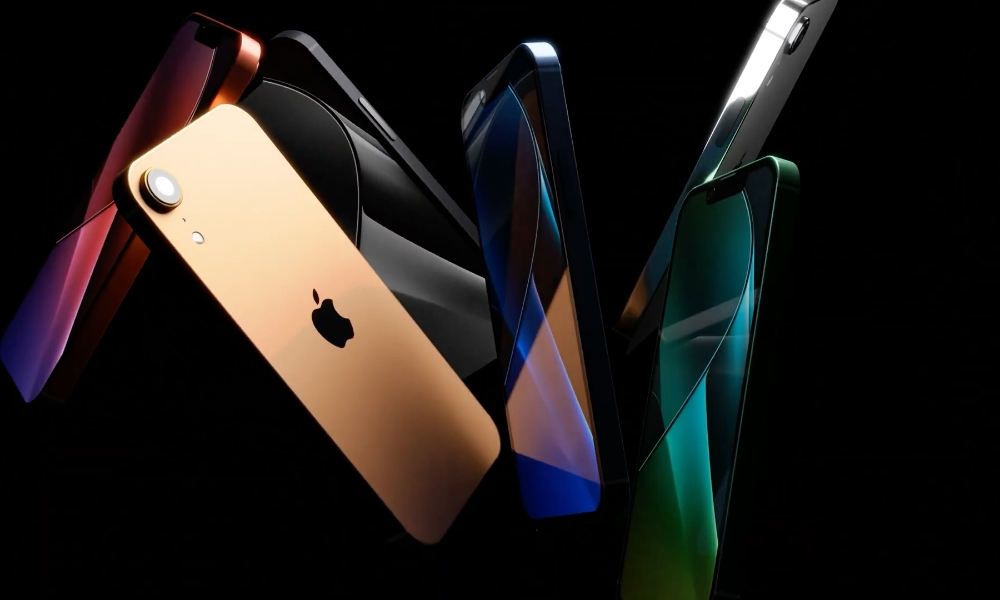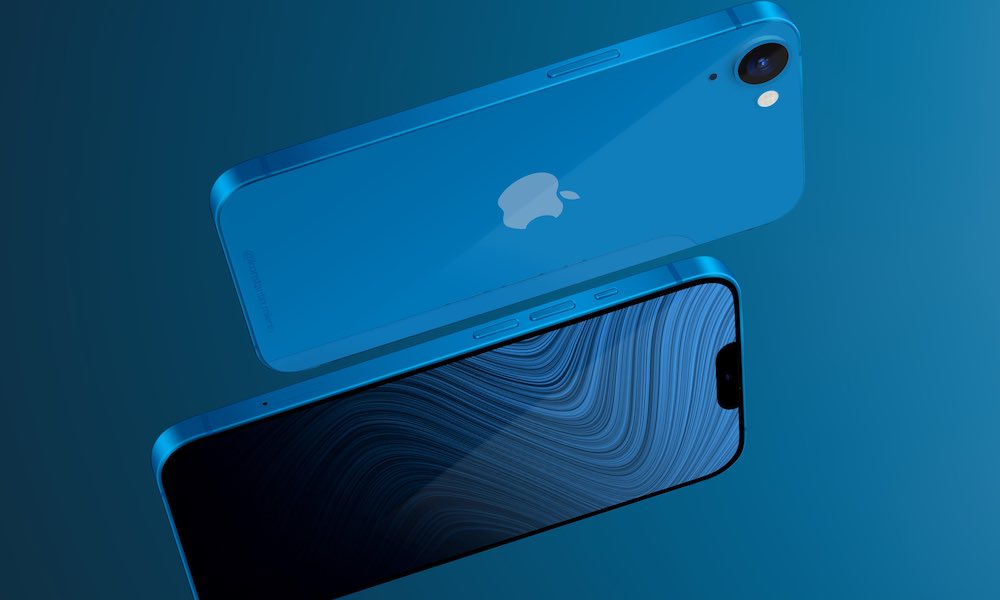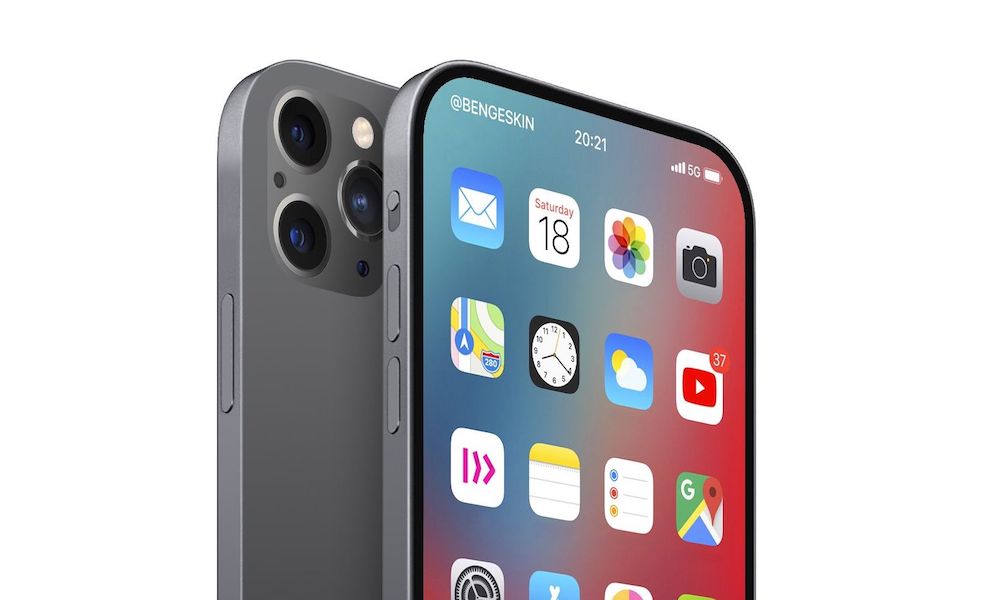Apple Now Lining up OLED Suppliers for the ‘iPhone SE 4’
 Credit: Concept Central
Credit: Concept Central
Toggle Dark Mode
Apple’s next-generation iPhone SE appears to have been on something of a rollercoaster ride over the past year or so, with shifting reports and timelines leaving many wondering when — or even if — the next version of Apple’s most affordable handset will arrive.
In late 2022, oft-reliable analyst Ming-Chi Kuo suggested the iPhone SE lineup had been indefinitely shelved. However, by February, Kuo revealed that it was seemingly back on track with hints that it could arrive as early as next year in order to become the proving ground for Apple’s first in-house 5G modem chip, with a design based on the iPhone 14 that would even include an OLED screen.
Sadly, Kuo’s 2024 timeline was cast into doubt when he revealed that what he believed to be an “iPhone SE 4” was actually nothing more than an engineering prototype that Apple was using to test its new 5G modem chip. According to Kuo, there were no plans to mass-produce or sell that particular device.
However, that didn’t rule out the possibility that Apple has a new iPhone SE in development, nor even that it might be the first to get Apple’s own 5G modem chip. It merely indicated that Kuo’s estimate of the timing was off. Other analysts had already pegged 2025 as a more realistic milestone for the new iPhone to show up, and it’s probably no coincidence that this is also the original and most realistic estimate for when Apple’s 5G modem chip will be ready.
Further confirmation of a 2025 iPhone SE appeared in a report last month that pointed to OLED production problems as the main reason for the delay. Now that’s being corroborated by ITHome with a report that smaller display manufacturers are fighting to become second-tier suppliers for the AMOLED panels to be used in the new “iPhone SE 4.”
These aren’t the big names like Samsung Display, LG Display, and BOE that Apple typically sources its OLED panels from, but rather smaller companies like Tianma that we’ve heard about in passing. Most rumors suggest BOE will get the lion’s share of the iPhone SE panel orders, while the smaller firms would be contracted to make up for any shortfalls.
The battle among suppliers seemingly confirms that the iPhone SE is moving forward, although lining up supply chain deals doesn’t necessarily mean that manufacturing will begin right away. Smaller manufacturers need time to ramp up their production facilities, and that’s not something they’re going to want to invest in until they know they’ll be getting enough business to justify the expense of doing so.
What to Expect from the ‘iPhone SE 4’
Although Kuo’s prediction that the next iPhone SE would be based on the iPhone 14 design was based on a misreading of an engineering test model, that doesn’t mean it isn’t likely to be very similar.
We already know that the next iPhone SE will use an OLED screen, and most reports suggest a 6.1-inch form factor with the same squared-off edges as the rest of Apple’s current iPhone lineup. That means there’s a good chance it will strongly resemble the last few generations of standard iPhone models.
Further, since the current 2022 iPhone SE already features an A15 chip similar to what’s found in the iPhone 14 and iPhone 14 Plus, it stands to reason that the next-gen model will move to a more powerful chip. Based on its expected 2025 launch timeframe, that’s likely to be the A17 chip that will arrive in this year’s iPhone 15 Pro and iPhone 15 Pro Max.
That may sound far-fetched, but keep in mind that by early 2025, the iPhone 16 Pro will be out with an A18 chip, with the A17 likely being used in the standard iPhone 16. Apple’s first three iPhone SE models launched in the spring and used the most current chip available — the one introduced the previous fall. That was the iPhone 6s A9 chip for the first iPhone SE, the iPhone 11’s A13 chip for the 2020 iPhone SE, and the iPhone 13’s A15 chip for the current 2022 iPhone SE.
However, Apple changed things up with the iPhone 14 lineup last year when it reserved the latest silicon for its Pro models, and it’s reasonable to assume the best “Pro” chip wouldn’t go into an iPhone SE; it’s much more likely to get the same chip as its standard contemporaries.
Similarly, the iPhone SE has long been expected to move to a side-button Touch ID sensor, similar to what Apple now uses on its non-Pro iPad lineups. If anything, it’s a bit surprising this hasn’t happened already. However, the current iPhone SE has always felt like more of a mid-cycle release aimed at bringing 5G capabilities to Apple’s budget iPhone, and it’s identical to the 2020 second-generation model in every other way, save for the faster A15 chip inside.
The lack of a TrueDepth camera around the front would allow for a smaller notch or even a punch-hole design. Apple may even consider bringing the Dynamic Island to the iPhone SE since, by 2025, it will be an established standard feature. There’s also a good chance the iPhone 16 will adopt under display Face ID, moving beyond the current Dynamic Island design and thereby making it even less of a premium feature.
[The information provided in this article has NOT been confirmed by Apple and may be speculation. Provided details may not be factual. Take all rumors, tech or otherwise, with a grain of salt.]









